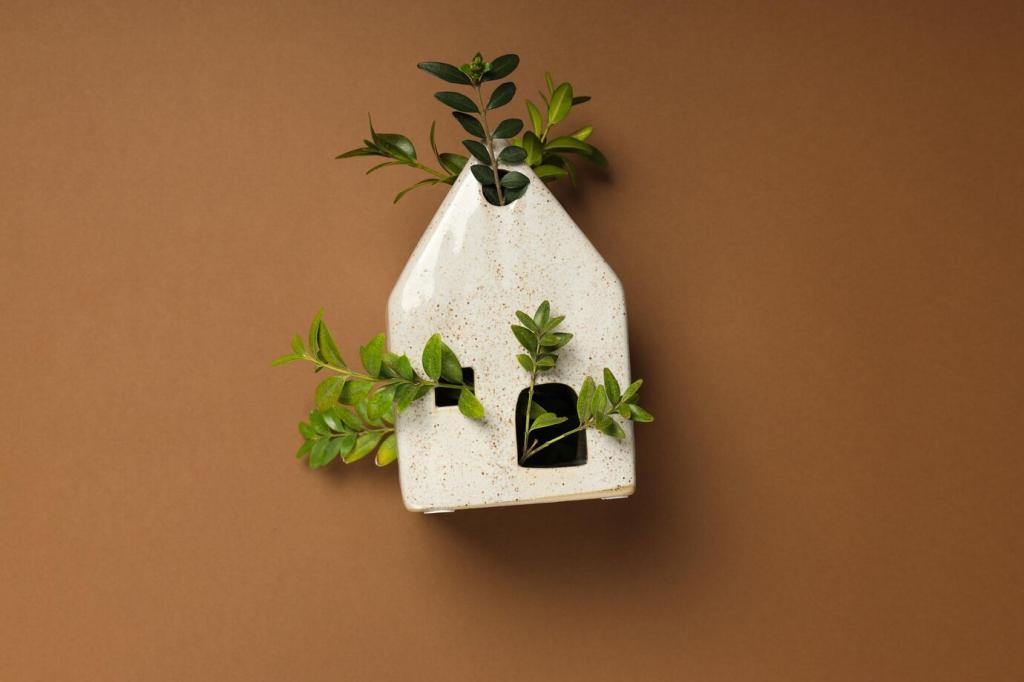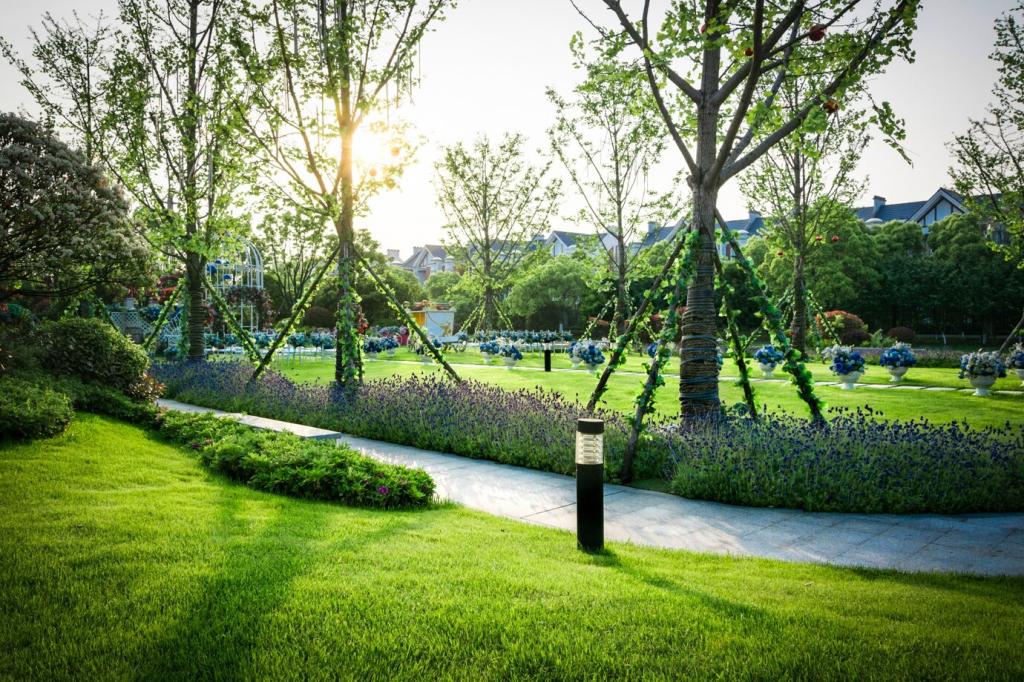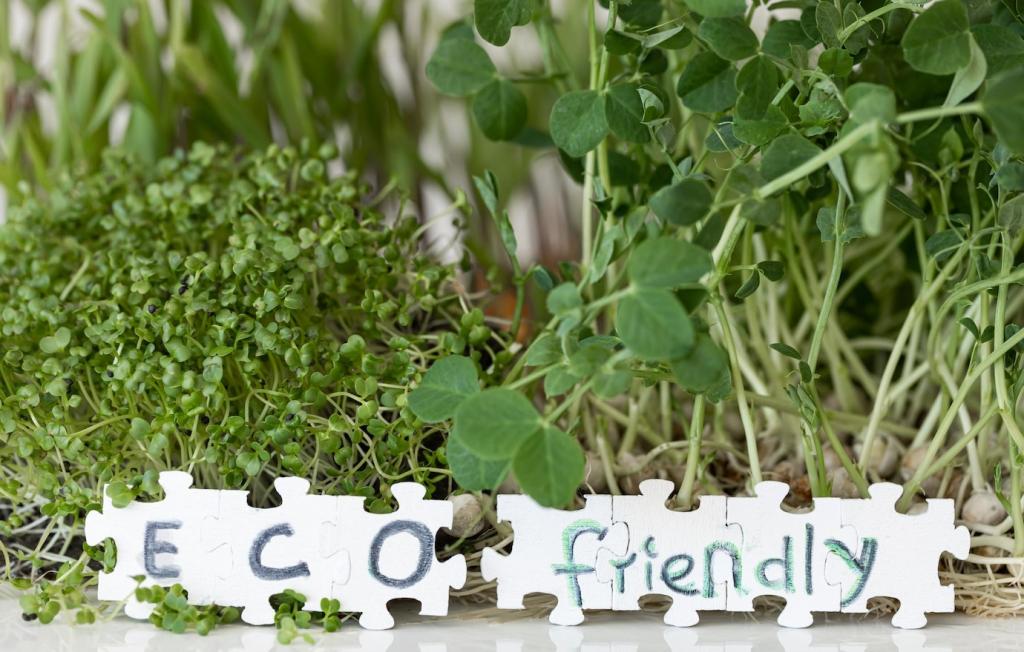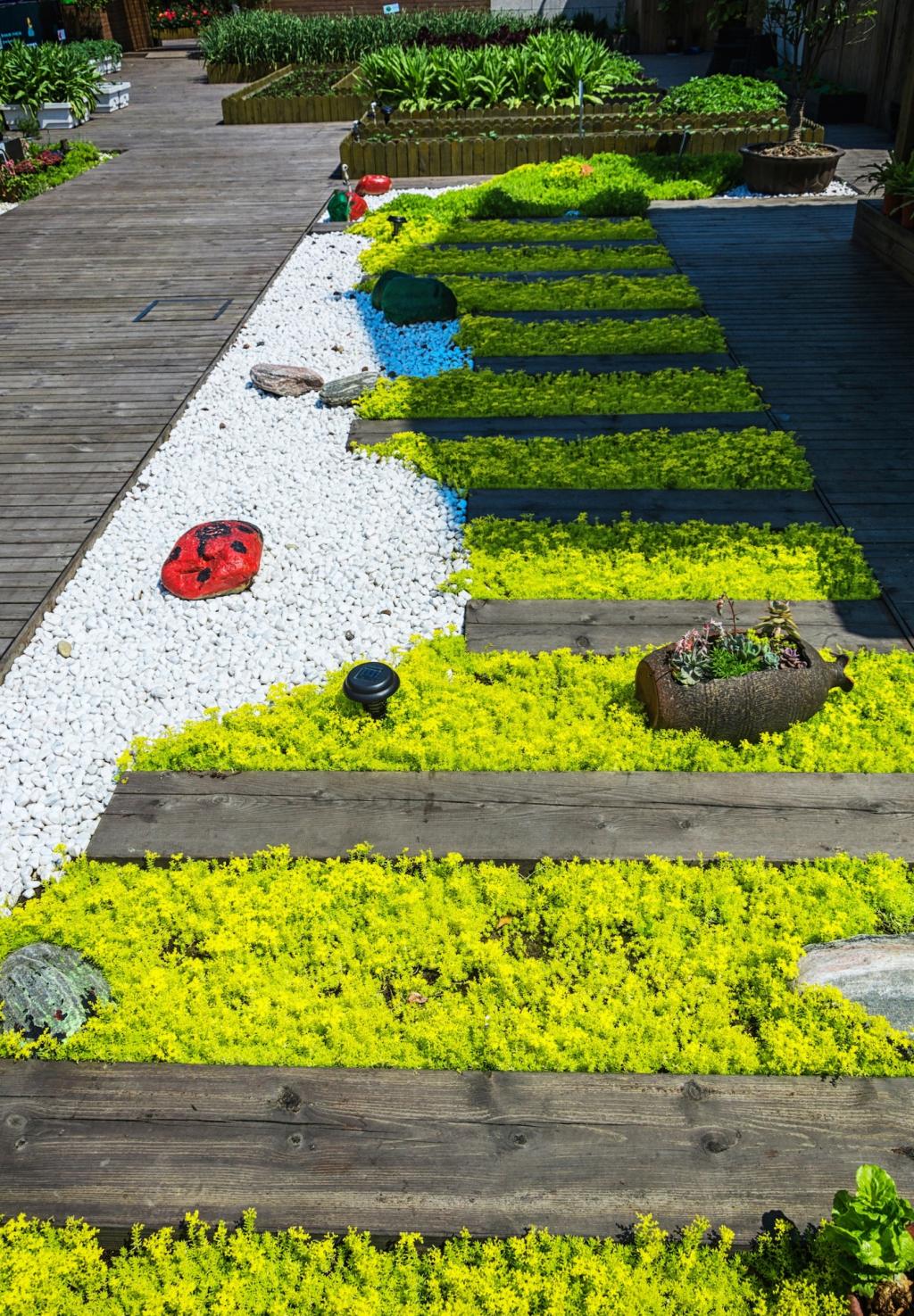Pollinators: The Pulse of the Garden
Sequence flowers from early spring willow catkins and columbine to late-season asters and goldenrods. Avoid gaps by overlapping bloom times and mixing shapes—tubes, discs, and bells—to suit different tongues. Share your month-by-month list, and we’ll feature reader calendars in our next newsletter.
Pollinators: The Pulse of the Garden
Leave hollow stems standing until late spring for cavity nesters, and keep small bare patches for ground-nesting bees. Tussocky grasses shelter overwintering chrysalises. If you use bee blocks, clean or replace inserts annually to prevent disease. Comment with your nest discoveries—what emerged from last year’s stems?
Pollinators: The Pulse of the Garden
Skip broad-spectrum pesticides. Encourage lady beetles, lacewings, and birds by tolerating minor leaf damage and planting nectar strips. Spot-treat only when necessary using targeted, low-risk methods. Monitor with yellow cards and handpick pests. Curious about integrated pest management basics? Subscribe for our friendly starter guide.
Pollinators: The Pulse of the Garden
Lorem ipsum dolor sit amet, consectetur adipiscing elit. Ut elit tellus, luctus nec ullamcorper mattis, pulvinar dapibus leo.






